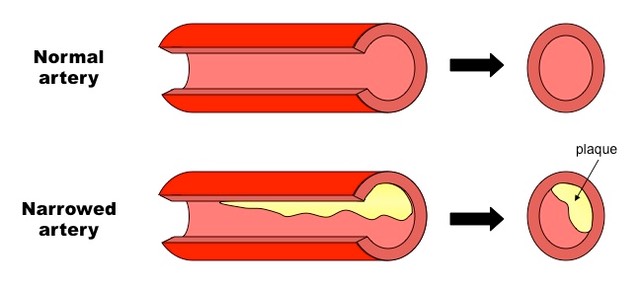A.3.1 Distinguish between the composition of human milk and artificial milk used for bottle-feeding babies

A.3.2 Discuss the benefits of breastfeeding
Breastfeeding may have many benefits over bottle-feeding in helping a baby grow to be a big man, including:
- Bonding – may aid in mother-infant bonding and communication, reduces post-partum depression
- Immunity – colostrum and breast milk contain high levels of antibodies, protecting infant from infection
- Gut motility – breast milk is easier to digest than formula milk and stimulates digestive tract function and defecation
- Maternal health – improves weight loss, reduces risk of breast cancer and diabetes
- Affordability – breast milk is free and readily available (provided mother remains healthy)
- Nutritional value – more complete than formula milk, contains human proteins and more suitable fatty acids that are less likely to cause allergies
A.3.3 Outline the causes and symptoms of type II diabetes
Causes:
- Type II diabetes occurs when the body becomes less responsive to insulin due to a down-regulation of insulin receptors in the liver
- Consequently, the body becomes inefficient at lowering blood glucose levels after feeding
- Type II diabetes may be caused by a genetic predisposition, dietary factors (high sugar intake) or a lack of exercise (obesity)
Symptoms:
- Hyperglycemia (high glucose content in blood)
- Frequent urination (polyuria) and general thirst
- Tiredness and blurred vision
- Nerve damage and erectile dysfunction
- Kidney and back pain
Incidence:
- Incidence of type II diabetes has been found to be higher in populations of Aboriginal Australians than those of non-native descent
- However it is currently unclear whether this is due to genetic factors or social factors (likely a combination of both)
Incidence of Type II Diabetes in the Australian Population

A.3.4 Explain the dietary advice that should be given to a patient who has developed type II diabetes
A person with type II diabetes needs to regulate their diet (calorie intake) and exercise in order to ensure a balanced energy budget
- Maintain a low fat diet in order to avoid weight gain
- Consume complex carbohydrates to ensure gradual release of glucose into blood
- Eat regular, small meals to ensure a steady supply of glucose into the bloodstream
- Consume foods with a low glycemic index to avoid abrupt changes in blood glucose levels
A.3.5 Discuss the ethical issues concerning the eating of animal products, including honey, eggs, milk and meat
Arguments For:
- Consuming animals or animal products may reduce problems of malnutrition or hunger
- Certain nutrients may only be found in animal products (e.g. vitamin B12 in meat)
- Many jobs may depend on cultivating and preparing animals, leading to an associated economic cost if stopped
Arguments Against:
- Using antibiotics to improve the health of livestock may result in antibiotic resistance
- Introducing growth hormones into the animal food supply can lead to side effects or allergies in humans
- Maintaining animals as a food source requires a significantly larger ecological footprint compared with a plant diet
- Agricultural practices can lead to the destruction of ecosystems and the loss of biodiversity
- There can be inhumane treatment associated with animals raised for food (e.g. battery hens)
- Killing animals for meat goes against some religious beliefs (particularly with regards to certain animal species)
- Selective breeding to improve animal yield (e.g bee populations) can threaten the viability of native species
A.3.6 Evaluate the benefits of reducing dietary cholesterol in lowering the risk of coronary heart disease
- Cholesterol is required for cell membrane structure and steroid synthesis, but very little (~20%) cholesterol comes from the diet
- High cholesterol diets can lead to atherosclerosis, as characterised by the deposition of fatty plaques and subsequent hardening of the arteries
- However the risks are increased when high levels of saturated fats are combined in the diet
- High levels of saturated fats also cause atherosclerosis, but also raise levels of LDL (low density lipoprotein) which retains cholesterol in the body
- Reducing dietary cholesterol levels will likely only be effective in lowering the risk of coronary heart disease if it is combined with lower levels of saturated fats as part of a balanced diet

A.3.7 Discuss the concept of food miles and the reasons for consumers choosing foods to minimise food miles
- Food miles are a measure of the distance food is transported from the site of production to the consumer
- High food miles cause pollution and greenhouse gas emissions as a result of the increased fuel consumption involved in transport
- High food miles do not support local communities (as food is externally generated) and may lead to increased traffic congestion
- Produce with high food miles are less likely to be as fresh as local produce and are more likely to contain added preservatives
- Food miles do not take into consideration other environmental costs involved in food production (impact of machinery, pesticides, etc.)
- During a famine, high food miles may be justified on humanitarian grounds